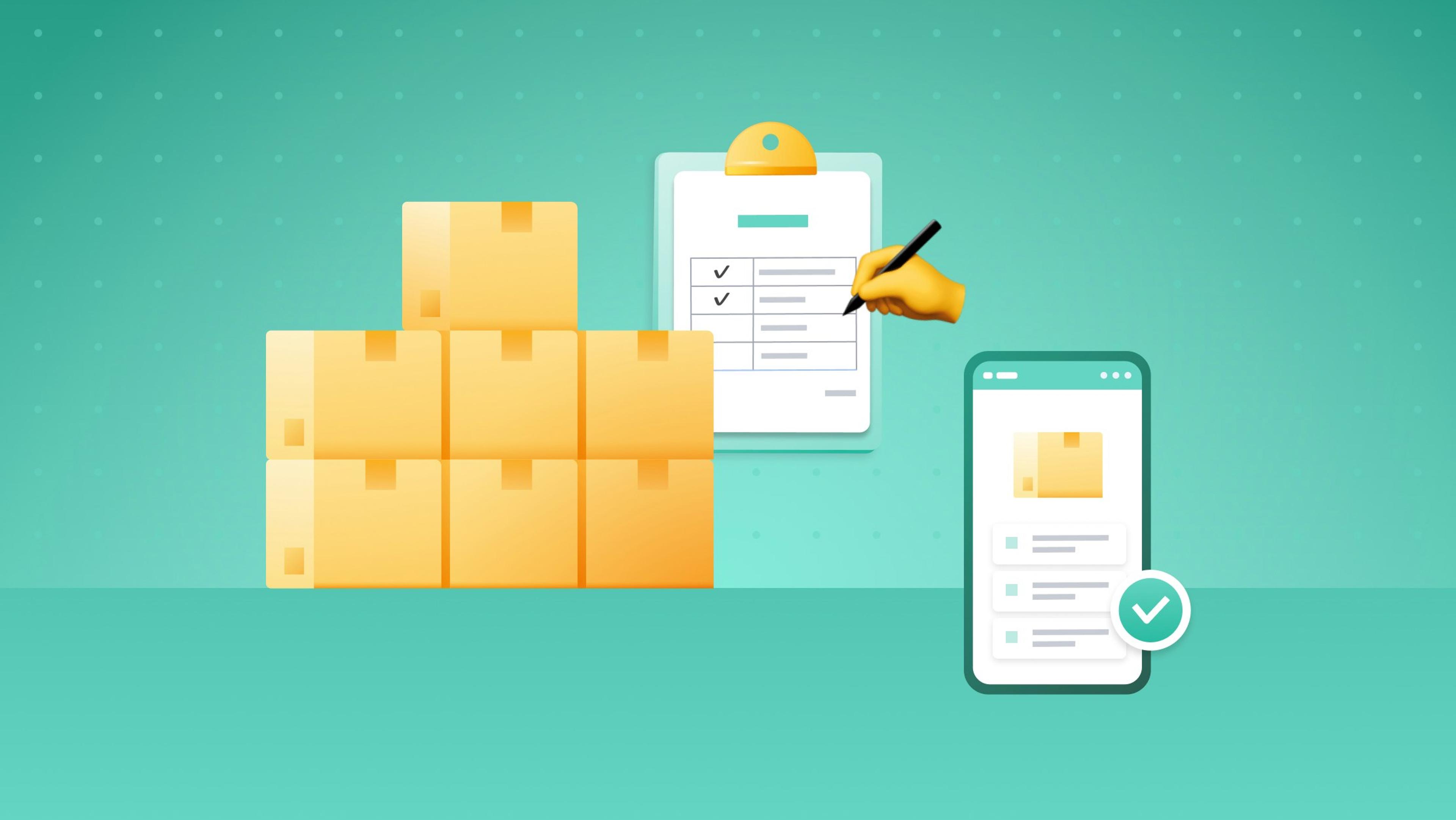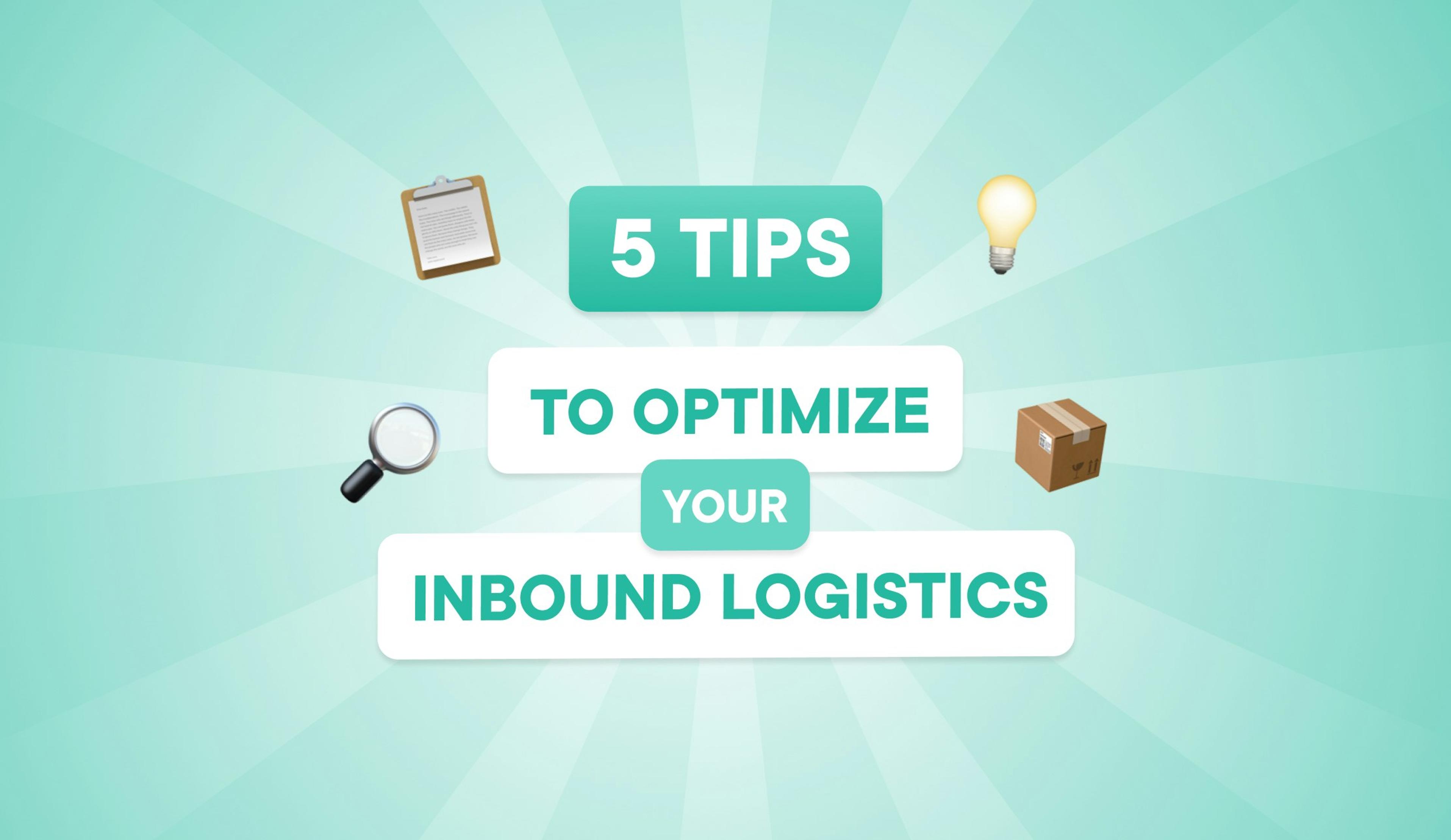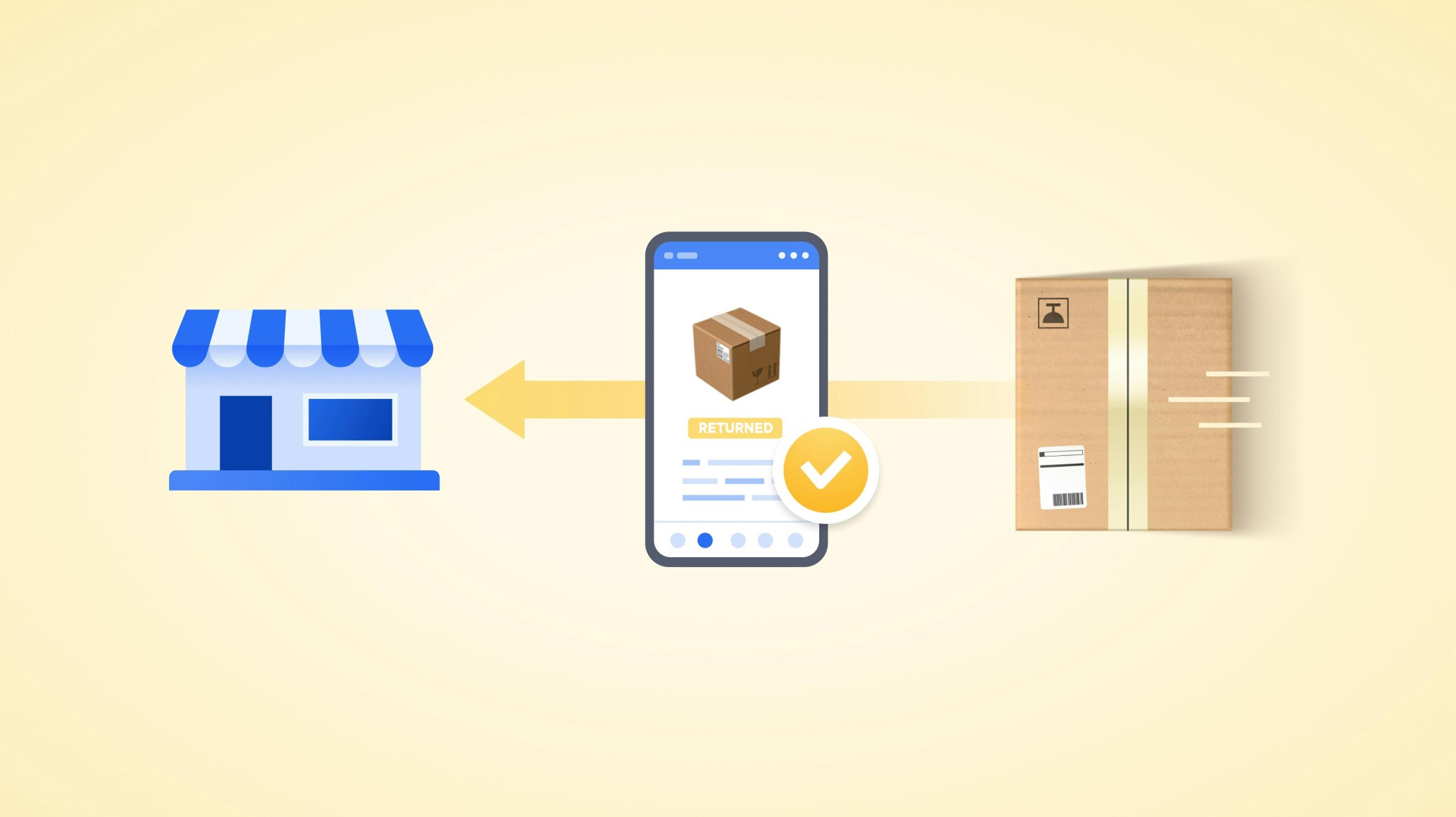A Guide to Inbound Logistics

Want to optimize your inbound logistics? Find out how you can achieve that with Circuit for Teams.
Are you looking to optimize your procurement process?
It can be annoying dealing with inefficient suppliers and vendors — but sometimes, things aren’t really their fault.
Perhaps their raw material supplier has delayed delivery, or maybe their boss has told them they need to work on some other urgent orders.
Either way, it’s a shame that your business and your customers continue to suffer.
So, I’ve put together this article to help you understand more about how inbound logistics work and how you can optimize it.

What are inbound logistics?
Let’s explore inbound logistics with two examples.
First, let’s consider a manufacturing plant that makes tires.
The raw materials for this company might include unprocessed rubber, steel for belting, chemicals needed to process and vulcanize rubber, and other essentials.
The task of ordering and bringing all these materials into the plant makes up the inbound logistics process.
Only when all raw materials have been received can workers start the manufacturing process and make tires.
For the second example, let’s dive into an eCommerce business.
Inbound logistics, in this case, might involve getting finished products from a manufacturer.
The business might receive and stock these products in a warehouse to eventually ship to customers who order these products online.
Inbound logistics is a key part of the shipping logistics process, which is the bigger picture of supply and demand.
Inbound logistics activities
Let’s discuss the individual activities that make up the inbound logistics process and what those activities involve.
- Sourcing: Researching, identifying, and managing potential suppliers, getting quotes, and negotiating best prices and terms for order fulfillment
- Ordering: Placing timely orders for goods or raw materials in the right quantities to maintain enough stock
- Transportation: Selecting the most cost-effective mode of transportation — air, sea, train, or road — and working with third-party providers for last-mile deliveries (or offering those services yourself)
- Tracking: Using electronic tracking systems to keep tabs on supplies once they’re on the move for timely delivery
- Receiving: Overseeing the arrival of goods and raw materials — making sure they meet order specifications and standards — and unloading
- Handling and storing: Moving received goods to storage units or warehouses for further fulfillment
- Inventory management: Keeping track of goods and materials in warehouses and making sure they’re stored for easy access and distribution
- Reverse logistics: Handling returns and storing them for repairs, refurbishment, or recycling

What are the differences between inbound and outbound logistics
While inbound logistics processes focus on bringing goods and raw materials into a business, the outbound logistics process involves getting finished goods and products to end users — in other words, their final destination.
Both are important parts of the supply chain management process.
As the name suggests, outbound logistics is concerned with the outward movement of goods from your company to the customers.
Manufacturers typically get their finished goods out to wholesalers who buy them in bulk.
The wholesalers then forward them to retailers, where the end customer eventually makes their purchase.
Another outbound distribution channel involves selling directly to customers without going through a middle person like wholesalers and retailers.
Here are some of the biggest differences between inbound and outbound logistics.
| Inbound logistics | Outbound logistics | |
|---|---|---|
| Direction | Incoming | Outgoing |
| Function | Supply | Demand |
| Objective | Receive | Supply |
| Parties involved | Vendors, suppliers | Wholesalers, retailers |
| Activity | Raw materials and goods come into the business | Finished products go out to customers |
| Processes | Sourcing, ordering, receiving, storage, reverse logistics | Order fulfillment, shipping, and delivery |
| Goal | Get raw materials and goods for production, manufacturing, or sale | Fulfill market demands, increase sales and revenue, and maintain customer satisfaction |
What are the challenges with inbound logistics?
Let’s explore some specific hurdles businesses can face with their inbound logistics operations.
- Managing supply and demand: This is the most challenging aspect of the inbound logistics process. Market demand often changes because of things like raw material shortages and increasing or decreasing prices.
- Limited visibility over transportation timelines: Supply chain managers often have limited visibility of transportation schedules once an order has been placed with a supplier. Why? Because they may not know the exact location of a shipment or its expected delivery date. Lack of information about each step of the delivery process can lead to missed deadlines and other problems, like inadequate storage space, which can end up costing more time and money.
- Shipping delays: Everything from traffic to vehicle breakdowns and driver shortages can affect the movement of goods. While some issues can be anticipated, most of them can’t. Simply put, there are no permanent solutions for inefficiencies in the shipping sector.
- Supplier reliability: It’s important to have reliable suppliers to keep your logistics process in check. If your supplier weirdly stops or reduces its supply to you, it could affect your business because you won’t be able to meet customer demand. Not to mention, your trucks and drivers will have to carry less stock for the same price.
- Supply surges: Too many deliveries arriving at the same time can clog up the handling and storage process. Scheduling errors can lead to inventory backups, warehousing chaos, and other problems. Managing too many deliveries at the same time can disrupt in-house operations and schedules.

5 ways to optimize your inbound logistics
There’s always room for improvement — even in the best of situations.
Optimizing inbound logistics involves going over your current processes for weaknesses, building strategies to address them, and using effective solutions.
Here are some steps you can take.
1. Build strong relationships with suppliers
Prioritizing relationships with suppliers can translate to improved efficiency. When you build a strong, reliable relationship with your suppliers, you can count on them to take care of the supply side of things for you.
Some ways to do this include:
- Develop effective partnerships by keeping channels of communication open at all times. Be willing to listen to genuine concerns and issues on their part.
- Invest in technology like supplier management software to track supplier performance and related data. This can be customer relationship management (CRM) software or a special supplier management platform. These solutions can help you figure out which suppliers to trust and which relationships to build.
- Always make sure you’re paying on time to reduce friction and frustrations, especially with key suppliers.
2. Reduce your inventory costs
Inventory logistics costs can be a drag on business resources, especially when a business is trying to scale up.
For example, when you’re trying to expand to 10 locations within your city, you might be tempted to purchase 10 times the current inventory, which will cost you.
There’s a fine line between having a steady supply of inventory to match demand and having too much of it.
Having too much inventory can increase carrying costs and lower inventory turnover rates.
How? Because inventory that exceeds demand naturally doesn’t sell in time and can take up valuable storage space in your warehouses or distribution center.
It’s important to get your reorder point exactly right to optimize stock availability.
Ever heard of the phrase “economies of scale”? This means that the more you order, the lower the cost of each supply unit.
Finally, get rid of stock that’s too old to sell by returning or donating it.
3. Combine deliveries
Consolidated shipping lets you combine and improve delivery service to save costs and time.
For example, instead of placing separate orders for products or raw materials, you might negotiate with your suppliers and shippers to combine deliveries into one shipment whenever possible.
This can help you cut down on packaging resources because multiple goods will go out at one time rather than each sale going out separately.
However, there are challenges to combining deliveries, like different handling needs for different products.
You can overcome some of these challenges by using third-party logistics providers (3PL), companies that specialize in handling logistical challenges.
Apart from cutting down on transportation costs, combining deliveries is a sustainable practice that reduces fuel consumption and carbon emissions.
4. Use the right warehouse management system
An efficient warehouse management system (WMS) — also known as an inventory management system — can help streamline your inbound logistics process.
For instance, a warehouse management system can automatically label each box based on delivery priority and mode of transportation.
You can then use these labels to sort boxes and send them on their way much quicker.
Some of the other benefits of using a WMS include:
- Tracking deliveries becomes much easier with lot, batch, and item numbering
- Increased stock visibility helps you correctly estimate when you should reorder
- Decrease costs by using warehouse space more effectively
5. Use a transportation management system
A transportation management system (TMS) can be a game changer for businesses in terms of moving incoming goods.
A TMS can determine the most efficient delivery route by factoring in the distance, fuel consumption, and delivery priority.
Why inbound logistics is essential for your business
Inbound logistics management is a complex process that involves vendors, suppliers, transporters, distributors, third-party carriers, and other partners.
Each business has specific goals — like quick customer orders or cost savings — that can affect its inbound logistics process.
Whether you’re a small retailer, major manufacturing facility, or anything in between, maintaining a smooth inbound supply chain is important.
Without a smooth inbound supply chain, you’re likely to lose a lot of money over wasted stock, storage, and transportation.
Inbound transportation of goods will continue to play an important role in profitability, competitiveness, and innovation.



